Related Research Articles

William Maurice "Doc" Ewing was an American geophysicist and oceanographer.
The American Association of Petroleum Geologists (AAPG) is one of the world's largest professional geological societies with more than 40,000 members across 129 countries as of 2021. The AAPG works to "advance the science of geology, especially as it relates to petroleum, natural gas, other subsurface fluids, and mineral resources; to promote the technology of exploring for, finding, and producing these materials in an economically and environmentally sound manner; and to advance the professional well-being of its members." The AAPG was founded in 1917 and is headquartered in Tulsa, Oklahoma; currently almost one-third of its members live outside the United States.
Sequence stratigraphy is a branch of geology, specifically a branch of stratigraphy, that attempts to discern and understand historic geology through time by subdividing and linking sedimentary deposits into unconformity bounded units on a variety of scales. The essence of the method is mapping of strata based on identification of surfaces which are assumed to represent time lines, thereby placing stratigraphy in chronostratigraphic framework allowing understanding of the evolution of the earth's surface in a particular region through time. Sequence stratigraphy is a useful alternative to a purely lithostratigraphic approach, which emphasizes solely based on the compositional similarity of the lithology of rock units rather than time significance. Unconformities are particularly important in understanding geologic history because they represent erosional surfaces where there is a clear gap in the record. Conversely within a sequence the geologic record should be relatively continuous and complete record that is genetically related.
Raymond Cecil Moore was an American geologist and paleontologist. He is known for his work on Paleozoic crinoids, bryozoans, and corals. Moore was a member of US Geological Survey from 1913 until 1949. In 1919 he became professor at the University of Kansas (Lawrence). In 1953 Professor Moore organized the launch and became the first editor of the still ongoing multi-volume work Treatise on Invertebrate Paleontology. Contributors to the Treatise have included the world's specialists in the field. He served as president of the Geological Society of America in 1958. In 1970 he was awarded the Mary Clark Thompson Medal from the National Academy of Sciences.
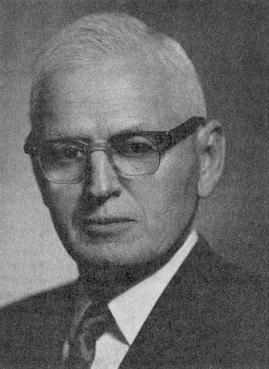
Hollis Dow Hedberg was an American geologist specializing in petroleum exploration. His contribution to stratigraphic classification of rocks and procedures is a monumental work which received universal acceptance. The firm he worked for, the Gulf Oil Corporation in Venezuela, trusted his findings and explored what had until then been uncharted territory. As a result, they reaped huge benefits from their petroleum findings. Hedberg taught at Princeton University from 1959 until his retirement in 1971. He was awarded the Mary Clark Thompson Medal by the National Academy of Sciences in 1973. In 1975 he was awarded the Wollaston Medal by the Geological Society of London. Hedberg won the Sidney Powers Memorial Award in 1963.
Dmitry Vasilyevich Nalivkin was a Soviet geologist. He was primarily interested in stratigraphy, but was also responsible in large part for mapping the geology of the Soviet Union.
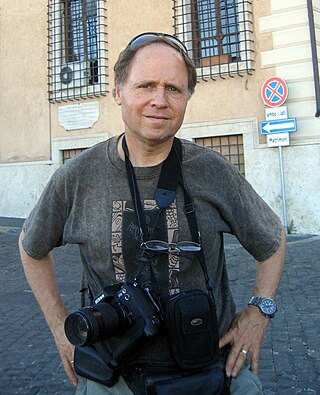
Henry William Posamentier is an American geologist. He helped pioneer and develop the modern approach to sequence stratigraphy, blending the disciplines of sedimentology, stratigraphy, and depositional systems analysis, largely within the context of oil and gas exploration. During the past decade he pioneered and popularized the discipline of seismic geomorphology, which, when integrated with seismic stratigraphy, leverages both 2D and 3D seismic data to better understand the paleogeographic distribution of lithologies.
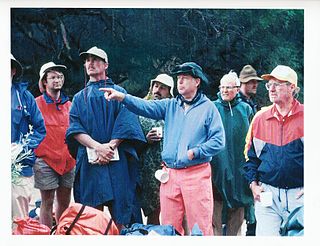
Fred F. Meissner was an American geologist and engineer who contributed to the fields of geology, geophysics, engineering, petroleum engineering, geochemistry, mineralogy, physics, mining, economic geology, and fishing.
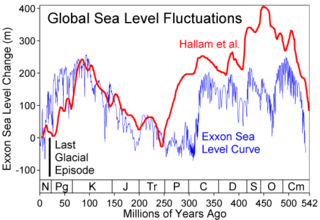
The sea-level curve is the representation of the changes of the sea level relative to present day mean sea level as gleaned from the stratigraphic record throughout the geological history.

William Embry Wrather was an American geologist.
The Sidney Powers Memorial Award is a gold medal awarded by the American Association of Petroleum Geologists in recognition of distinguished and outstanding contributions to, or achievements in, petroleum geology.
Harry Eugene Wheeler was an American geologist and stratigrapher. Eric Cheney called him "the chief theoretical architect of sequence stratigraphy"
Isabel Patricia Montañez is a paleoclimatologist specializing in geochemical records of ancient climate change. She is a distinguished professor and a Chancellor's Leadership Professor in the department of earth and planetary sciences at University of California, Davis. As of 2021, Montañez is the director of the UC Davis Institute of the Environment.
Alfred George Fischer was a German-American geologist.

Albert Walter Bally was an American geologist, previously the Harry Carothers Wiess Professor of Emeritus at Rice University. He died in July 2019.
Doris Malkin Curtis was an American paleontologist, stratigrapher, and geologist. She became the first woman president of the Geological Society of America (1991) and made meaningful contributions to the Scripps Institution of Oceanography.
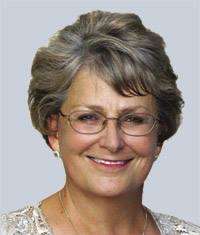
Robbie Rice Gries is an American petroleum geologist who was the first female president (2001–02) of the American Association of Petroleum Geologists (AAPG), president of the Geological Society of America (2018–19), and founder of Priority Oil & Gas LLC. Gries is noted to have made some influential progress for women in this field. In 2017, Gries published the book titled Anomalies—Pioneering Women in Petroleum Geology: 1917-2017. Gries is recognized as an unconventional thinker when approaching geological concepts and applications.

Christopher Aiden-Lee Jackson is a British geoscientist, science communicator and Director of Sustainable Geoscience at Jacobs Engineering Group. He was previously Professor of Sustainable Geoscience at the University of Manchester, and before that held the Equinor Chair of Basin Analysis at Imperial College, London. He is known for his work in geoscience, especially in the use of 3D seismic data to understand dynamic processes in sedimentary basins.
Laurence L. Sloss was an American geologist. He taught geology at Northwestern University from 1947 until his retirement in 1981.
Incised valleys are mountain-valley-like features that commonly result from river down cutting into coastal plains and continental shelves in response to marine regression. They are the key evidence to identify sequence boundary on seismic profiles and outcrops. The magnitudes of their down cutting have been used to estimate the global sea-level variations.
References
- ↑ Gates, Alexander E. (1 January 2009). A to Z of Earth Scientists. Infobase Publishing. pp. 271–2. ISBN 978-1-4381-0919-0 . Retrieved 23 March 2013.
- 1 2 "Peter Vail". Rice University. Retrieved 13 January 2016.
- ↑ Vail, Peter; Rick, Sarg (1987). Introduction to Seismic Stratigraphy. Tulsa: AAPG Films.
- ↑ "Sidney Powers Memorial Award". American Association of Petroleum Geologists. Retrieved 2012-05-16.
- ↑ 2005 Recipients of the Benjamin Franklin Medal in Earth and Environment Science